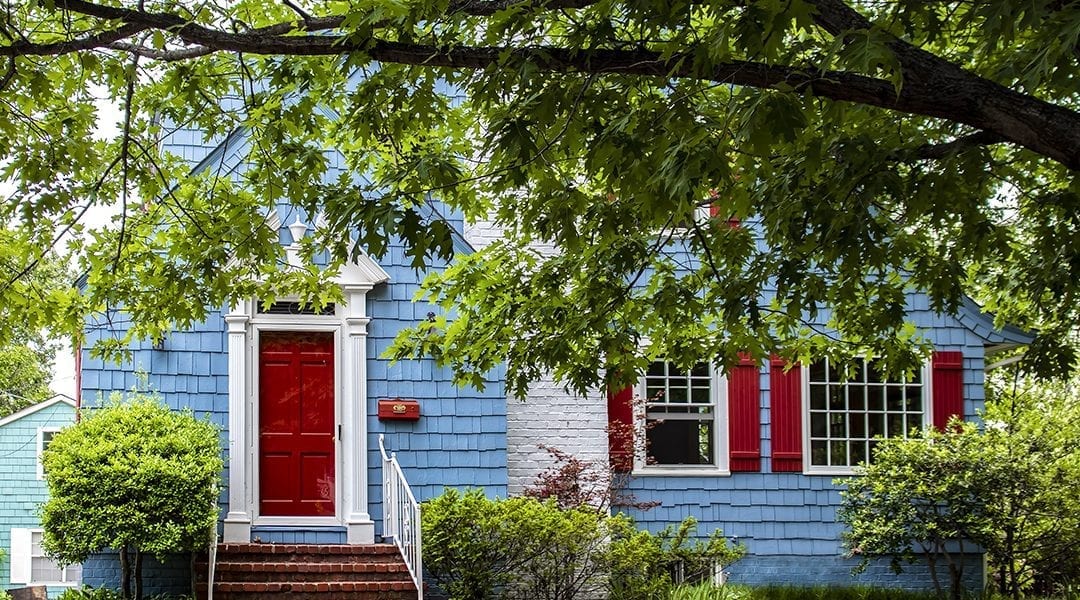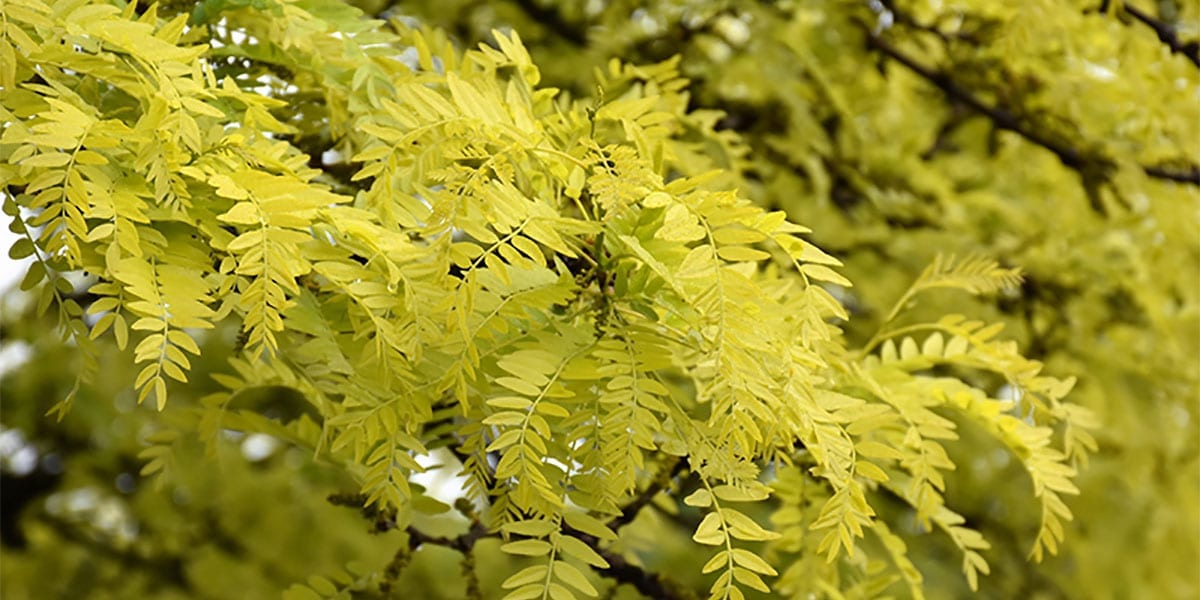When the heat waves of summer come around, trees can do wonders to cool our homes. While we’re seeking protection, they reach their branches even higher to drink in all of the sunlight they can. In the meantime, we can bask in their glorious shade—one of the many services they provide, but perhaps their most valuable gift of all.
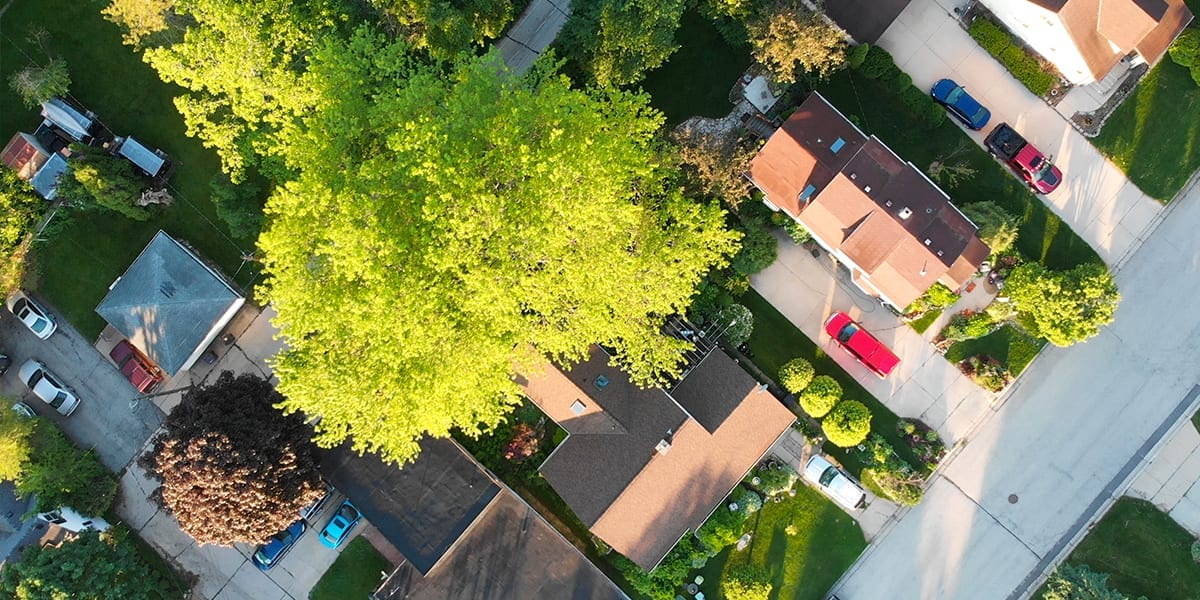
How Do Trees Cool Your Home?
Lower Energy Bills
With direct sun exposure, our homes can sometimes feel like a greenhouse. Rather than reaching for the AC, we can seek the help of trees. Less sunlight beating down on your house means a cooler home and yard. In the winter, when we need the sun for warmth, deciduous species are conveniently leafless, while evergreen borders can shelter you from the wind. Studies have shown that well-placed canopies can reduce your energy bill by up to 20-30%.
Cool the Air
In the summer, trees also cool the air through transpiration. The water that they release through their leaves evaporates. In the process, the liquid absorbs energy in the form of heat, thus cooling the surrounding air. Sweat on your skin cools your body in the same way.
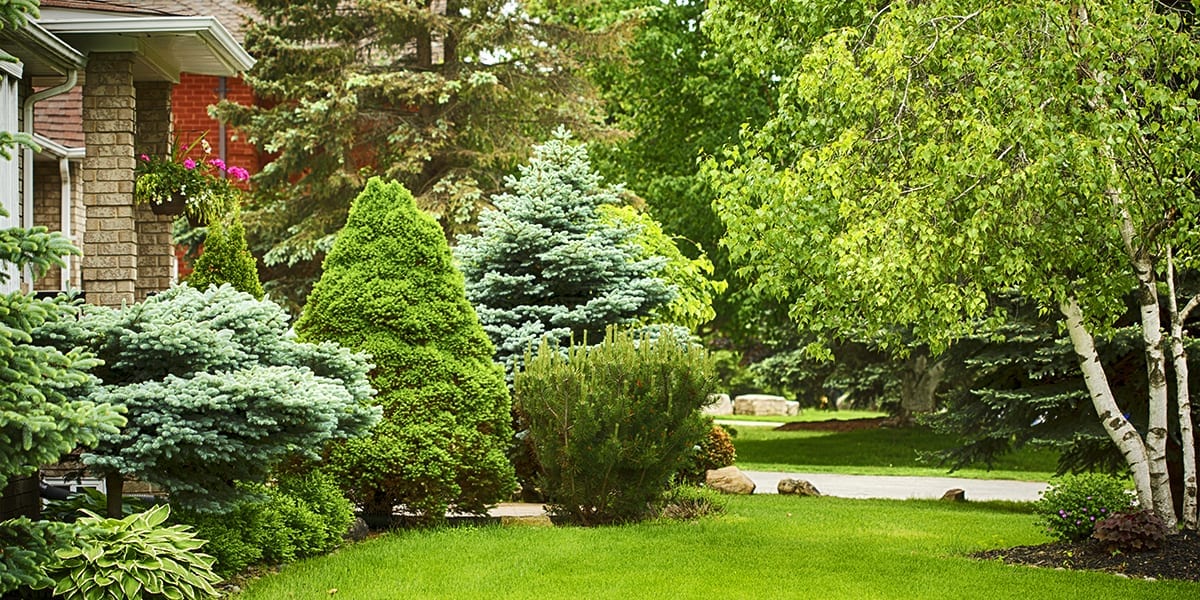
Cool Your Concrete
Asphalt and concrete play a significant role in making our city uncomfortable in the summer. Dark pavement and brick absorb the sun’s radiation all day and then release that heat after the sun has set. A city can sometimes be 12°F warmer than the surrounding countryside. Large trees will shield your driveways and sidewalks, helping to reduce the overall urban heat island effect, while chilling your landscape at the same time.
Shade For Your Body
There’s nothing like going outside under the blazing summer sun to find your energy zapped in an hour or so. It turns out that our body heat is affected equally by the surrounding air temperature and the amount of electromagnetic radiation we absorb from the air. Even if a large canopy is only cooling the air by 5°F, it can make us feel upwards of 18°F cooler, because it can block about 90% of solar rays from reaching our bodies.
Shade Your Garden
What a minute—won’t these leafy giants shade out our precious gardens? Not necessarily. You’ll want to choose a location so they’re cooling your house, not the vegetable plot. But keep in mind that plenty of plants and vegetables thrive in a bit of dappled shade. You shouldn’t have to choose between a comfortable home and a thriving garden. You can have the best of both worlds—keep your shade and eat (the vegetables that grow in) it too!
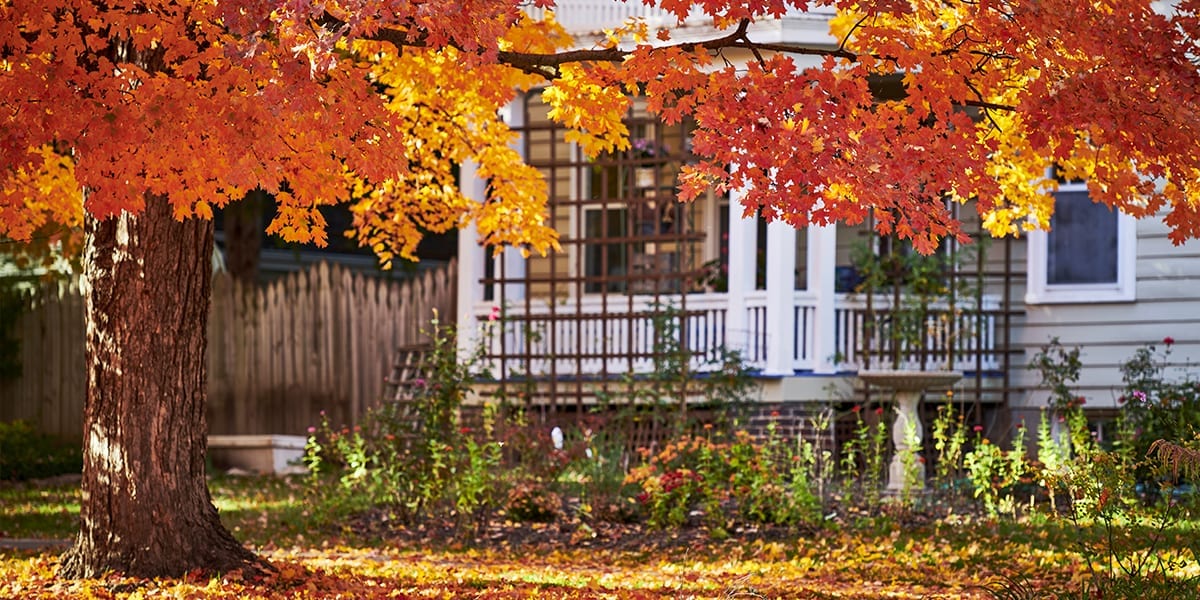
The Best Trees for Cooling
Okay, that’s enough talk about the benefits of shade trees—let’s get to the good stuff. What are the best ones for our homes in Illinois?
Red Maple: this native giant rises about 40′-60’ tall and 20′-40’ wide, giving you an excellent canopy of beautiful maple leaves.
Sugar Maple: this maple, known for its vibrant fall color, also gives a wonderful summer canopy 60′-75’ tall and 40′-50’ wide.
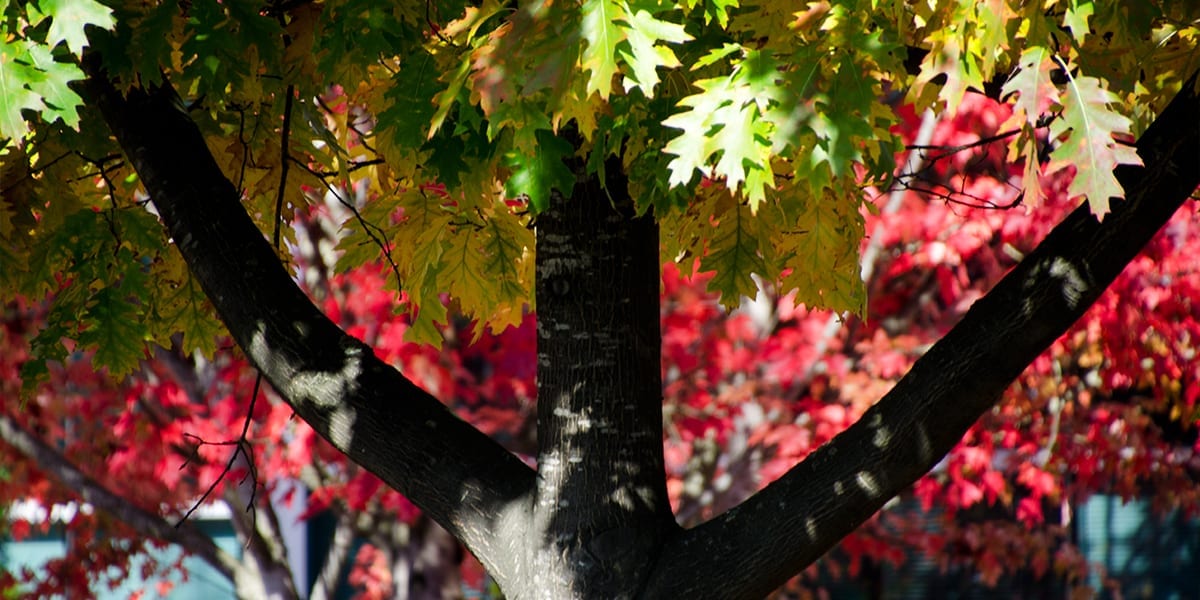
Red Oak: this oak gives you the comfort of having one of the strongest, longest-living arbors next to your house while giving you a mature height of 60′-70’ and spread of 40′-60’.
Catalpa: another local of Illinois, the linden grows into a canopy 55’ tall and 30’ broad.
Fast-Growing Shade Trees
The species above are no slow-pokes. In tree time, they are modestly quick growers. Yet if you’re looking for a little faster growth, explore these leafy giants.
Honeylocust: this native arbor has a lifespan as long as an oak and matures into an impressive canopy 40′-60’ in height and 40′-50’ wide.
River Birch: this attractive birch with beautiful bronze bark stands at a modest height of 40′-50’ and width of 20′-30’.
Planting any of these species is a significant time investment, but one that is sure to pay off. I haven’t even touched upon the other benefits of big trees in the landscape, like attracting wildlife, relieving stress, and improving property value. If you have any questions, please contact us. Our garden centers would love to help you find natural ways to cool your home!
Platt Hill Nursery is Chicago’s premier garden center and nursery.

